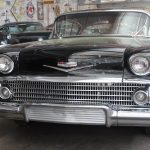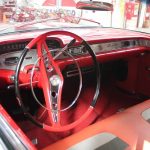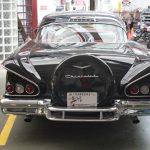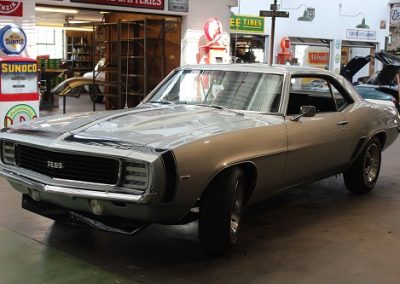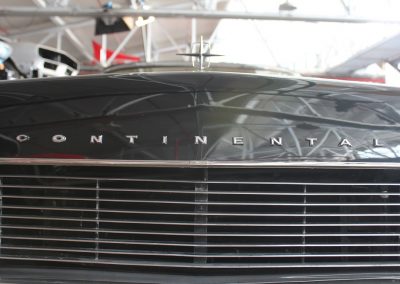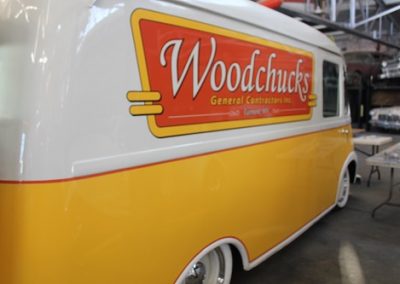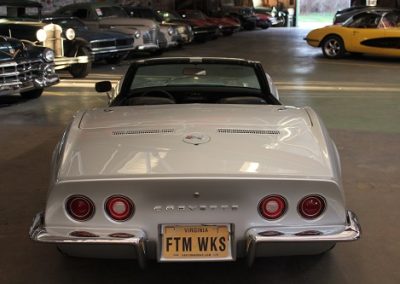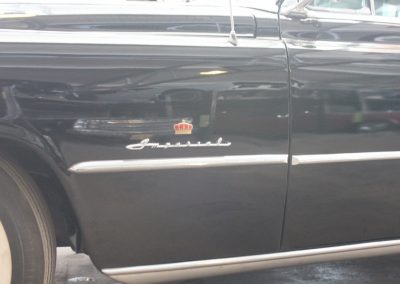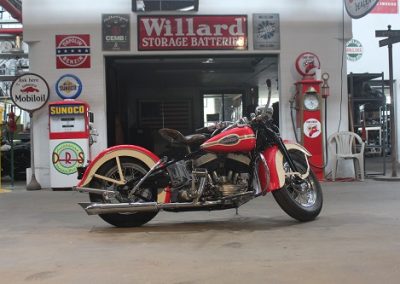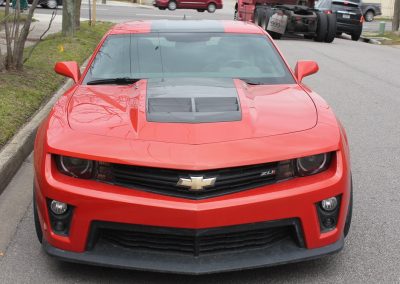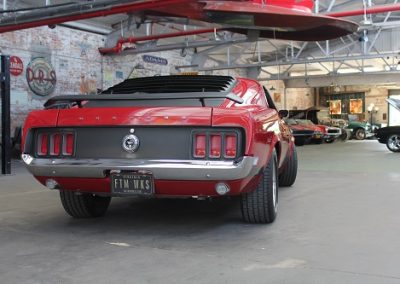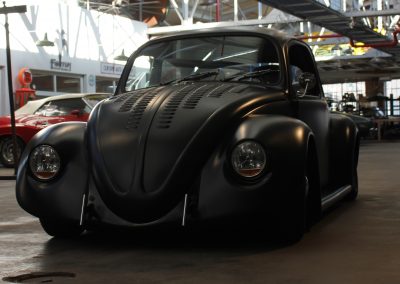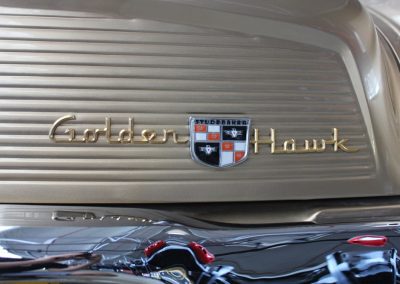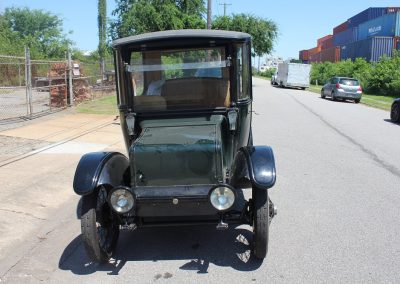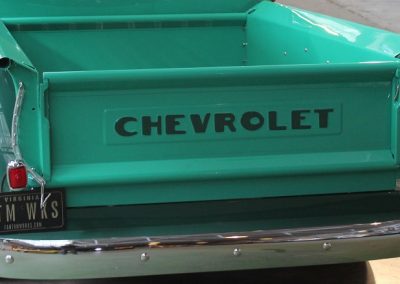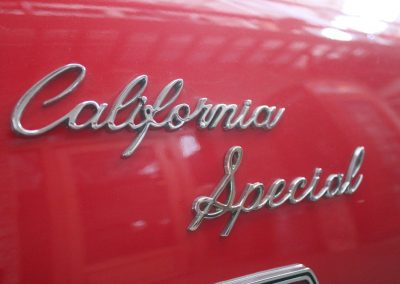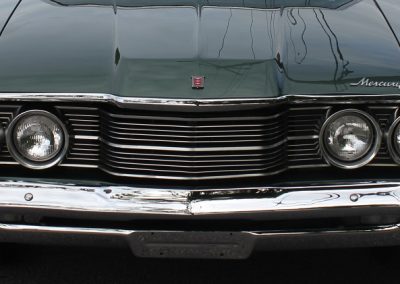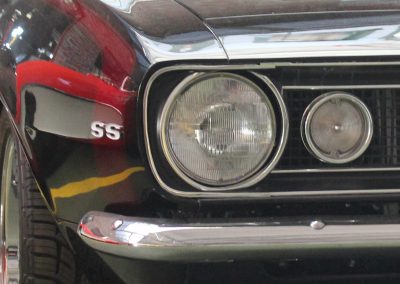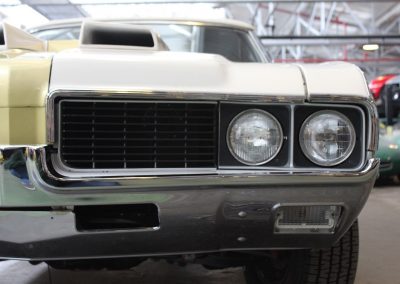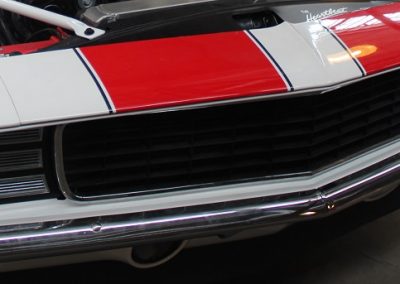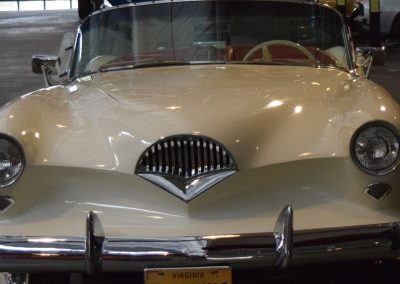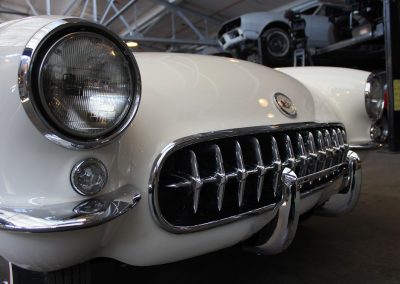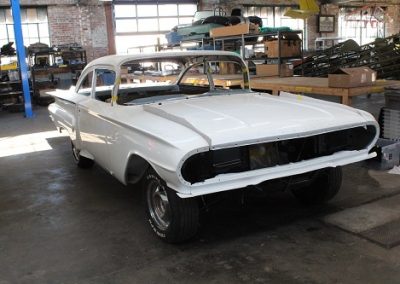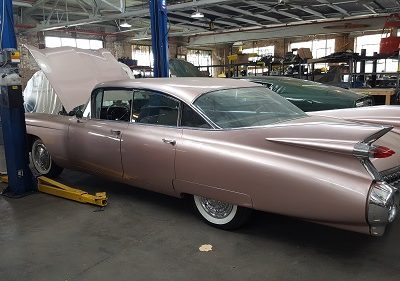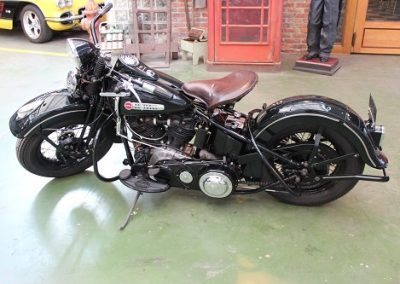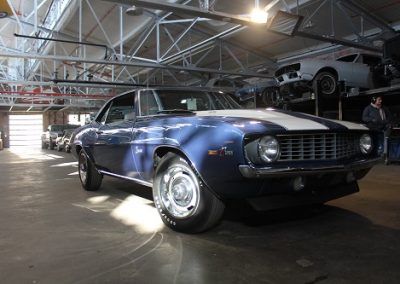1958 Chevrolet Impala

As seen on Season Six of FantomWorks
Owner Insight:
Explore the Project Galleries
Arrival
Mechanical
Body & Paint
Finish
The Chevrolet Impala is a full-size car built by Chevrolet for model years 1958-85, 1994-96, and since 2000 onwards.
The Impala was Chevrolet’s most expensive passenger model through 1965, and had become the best-selling automobile in the United States.
For its debut in 1958, the Impala was distinguished from other models by its symmetrical triple taillights, which returned from 1960-96. The Caprice was introduced as a top-line Impala Sport Sedan for model year 1965, later becoming a separate series positioned above the Impala in 1966, which, in turn, remained above the Bel Air and the Biscayne. The Impala continued as Chevrolet’s most popular full-size model through the mid-1980s. Between 1994-96, the Impala was revised as a 5.7-liter V8–powered version of the Caprice Classic sedan.
The Impala was introduced for the 1958 model year as top of the line Bel Air hardtops and convertibles. From the windshield pillar rearward, the 1958 Bel Air Impala differed structurally from the lower-priced Chevrolet models. Hardtops had a slightly shorter greenhouse and longer rear deck. The wheelbase of the Impala was longer than the lower priced models, although the overall length was identical. Interiors held a two-spoke steering wheel and color-keyed door panels with brushed aluminum trim. No other series included a convertible.
The 1958 models were longer, lower, and wider than its predecessors. The tailfins of the 1957 were replaced by deeply sculptured rear fenders. Impalas had three taillights each side, while lesser models had two and wagons just one. Crossed-flag insignias were attached above the side moldings, as well as bright rocker moldings and dummy rear-fender scoops. 1958 was the first year of dual headlamps.
For 1958, GM was promoting their fiftieth year of production, and introduced anniversary models for each brand; Cadillac, Buick, Oldsmobile, Pontiac, and Chevrolet. The 1958 models shared a common appearance on the top models for each brand; Cadillac Eldorado Seville, Buick Roadmaster Riviera, Oldsmobile Holiday 88, Pontiac Bonneville Catalina, and the all-new Chevrolet Bel-Air Impala.
The standard perimeter-type frame was abandoned, replaced by a unit with rails laid out in the form of an elongated “X.” Chevrolet claimed that the new frame offered increased torsional rigidity and allowed for a lower placement of the passenger compartment. This was a transitional step between traditional construction and the later fully unitized body/chassis, the body structure was strengthened in the rocker panels and firewall. However, this frame was not as effective in protecting the interior structure in a side impact crash, as a traditional perimeter frame.
A coil spring suspension replaced the previous year’s rear leaf springs, and an air ride system was optional. A 283 cu in (4,640 cc) engine was the standard V8, with ratings that ranged from 185 to 290 horsepower. A “W” block (not to be confused with the big-block) 348 cu in (5,700 cc) Turbo-Thrust V8 was optional, producing 250 hp (190 kW), 280 hp (210 kW), or 315 hp (235 kW). The Ramjet fuel injection was available as an option for the Turbo-Fire 283 V8, not popular in 1958.
A total of 55,989 Impala convertibles and 125,480 coupes were built representing 15 percent of Chevrolet production. The 1958 Chevrolet Bel Air Impala helped Chevrolet regain the number one production spot in this recession year.
